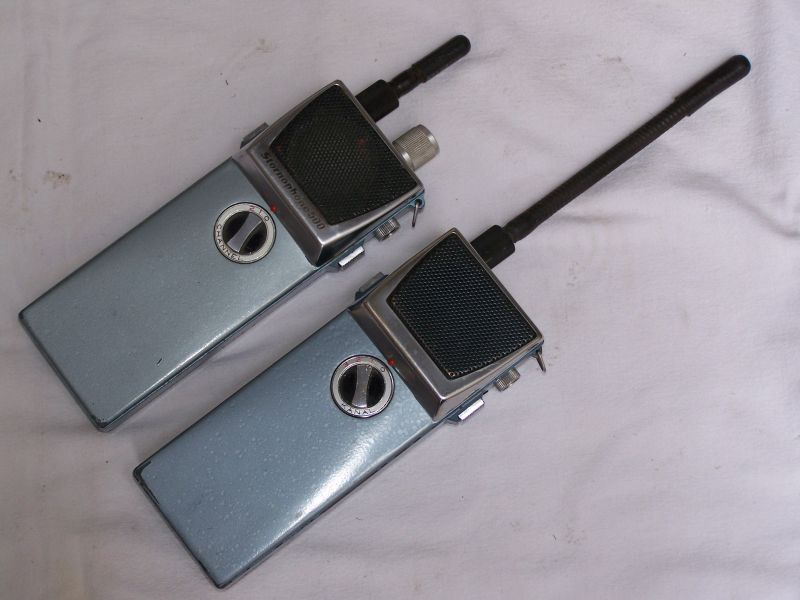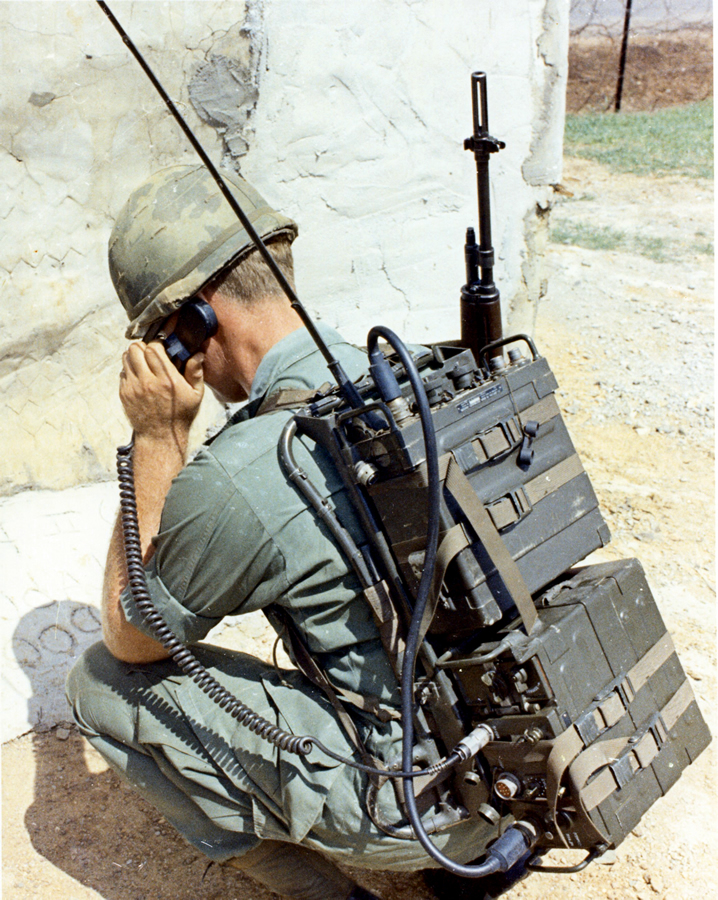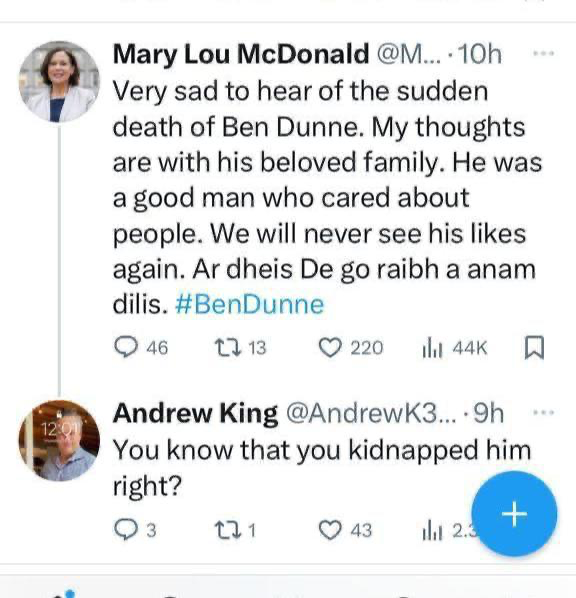By Roy Garland,
Introduction by David Burke
A lot has been written about William McGrath, especially about his role in the Kincora Boys’ Home scandal. McGrath was convicted for some of the crimes he committed at Kincora in December 1981, but no more.
The mainstream media coverage has tended to focus on McGrath’s role at the home while ignoring his long track record as an abuser, which was in evidence as early as the 1940s.
Roy Garland’s path crossed with that of McGrath in 1956. He encountered McGrath at a mission McGrath led in Belfast at a mission based at Faith House.
Garland is a hero of the scandal, which has become known as the Kincora saga, although Kincora was only a part of it. Garland knew that McGrath was an abuser and alerted the RUC but they did nothing about him. In the process, Garland put his life at risk.
There have been a number of inquiries into the Kincora scandal. None of them have managed to get to the root of the scandal, or clarify McGrath’s relationship with the security and intelligence services.
The RUC carried out a number of inquiries in the 1980s, which, while they led to McGrath’s conviction, did not reveal his links to the intelligence services.
The George Terry Inquiry also failed in this respect. It reported in 1982.
Another inquiry led by Judge Hughes in 1984 was meant to look at the wider picture but its terms of reference were changed in secret. By the time this became clear, his inquiry was at an end.
The Hart Inquiry (also known as the Historical institutional Abuse Inquiry or HIAI) was another failure. Its 2017 report was riddled with factual errors, two of which relate to Roy Garland.
Roy Garland is writing a book about the wider issues surrounding William McGrath. He has kindly provided this essay, which touches upon some of the points he will be developing in the book.
KINCORA, THE HIDDEN STORY
By Roy Garland, March 2024
Speak up for those who cannot speak for themselves; ensure justice for those being crushed. Yes, speak up for the poor and helpless, and see that they get justice.
Proverbs 31:8-9 (NLV)
Ignoring Faith House
Judge Hughes said of his Inquiry “The conduct of the police, or elected representatives, or clergymen, or military Intelligence” were “not under scrutiny in this Inquiry.”
The decades of abuse at Faith House was also outside the Terms of Reference (TOR) so it could not be investigated yet scores, possibly a hundred or more boys, young men and women were abused there.
The HIAI Inquiry, which reported in 2017, seemed to assume I spoke on Kincora, about which I knew nothing. I spoke about Faith House, which was founded in 1941 long before Kincora came to light. The “mission,” at Faith House, Christian Fellowship Centre and Irish Emancipation Crusade (CFCIEC) gave effective cover for the abuse perpetrated by McGrath. Much false and scandalous material plus the exclusion of Faith House ensured that I took no part in the HIAI investigation.
The mission claimed to be “A national movement for the evangelization of Irelandand the deepening of spiritual life!” But I suspect the real purpose was to provide a safe haven for abuse by the mission leader, William McGrath who ran Faith House. It was based, at first, on Belfast’s Antrim Road in the 1940s; Finaghy in the 1950s; Wellington Park in the 1960s, and Greenwood Avenue in the 1970s. The word,“Centre” was dropped by the early 1960s, which I suspect, was to avoid parents suing the property. Many victims left but few if any, explained why. McGrath felt betrayed and looked for sympathy. The abuse, disguised as counselling, continued for decades, but the psychological grooming seemed as damaging as the brutality at Kincora.
A stated aim of the mission was to reverse the decline in Protestantism, which was said to be “dying out in Ireland.” Supporters were urged to make “An all-out effort to put the gospel into the hands of our fellow-countrymen, bound by the foreign and cruel system of Romanism.” McGrath, the self-styled secretary claimed to be taking the gospel to Irish Catholics to revive the faith of St Patrick but former victims told me their abuse began in the 1940s. While McGrath is infamous for his abuse of boys and younger teenagers, his sexual appetite seemed wider than that. Two women claimed he tried to have sex with each of them when they were quite young. But McGrath talked openly of “treating” them. He frequently used psychological concepts, which I suspect he had first picked up from the Rev. Dr. William Northridge a psychologist who McGrath said, had mentored him.
I first heard McGrath speak at a small church in Percy Street in 1956, after which I was invited to Faith House, Finaghy. I thought this might be a step towards Christian service after being inspired by stories he told of CT Studd, who devoted his life and inheritance to missions in India, China and Africa. Even boys from less privilegedbackgrounds were said to have achieved great things for God. He told of five missionaries in Ecuador, martyred by those they served. I read their story, Through Gates of Splendor and dedicated my life to Christian service and entered Bible College in England. Dad was uneasy about the mission but didn’t seem to know why, but he had expected me to develop his small business. Bible College was a truly life changing experience and while there, I successfully engaged in university work after having left school as a 14-year-old.
I was welcomed into the impressive mansion of Faith House, Finaghy by a young English lady who showed me into McGrath’s study. I sat there reading the inscriptions and glancing through books. A framed inscription on the large fireplace read, “Dare to do right, dare to be true, keep the great judgment seat always in view. Look at your work as you’ll look at it then, scanned by Jehovah and angels and men.”I felt challenged but would learn of a hidden side to the mission. As Vera Baird, former Victims’ Commissioner said, “doing charitable works…bears no relationship to whether that same man is a sexual abuser.”
The Young lady later told me a shocking story. She had run children’s meetings at the mission until she learned that McGrath had sexually abused the children. She said abuse also took place during one or two visits to the Irish Republic to “spread the gospel.” However she was shocked when confronted at the mission by two naked men. She was an unpaid English volunteer so there was no easy way out but said she eventually “escaped” but returned briefly to collect her things. I put her story to the mission leader who dismissed it saying she had mental problems and was not to be taken seriously. I had lived a sheltered life and could not believe such things were possible at a “Christian mission.” McGrath impressed me with his psychology and apparent dedication and seemed capable and wise in many respects.
Psychological Tactics to Hide abuse
Year’s later one man, who was abused at the “mission” in the 1940s, as a 14-year-old said McGrath had told him he was homosexual and had mental problems. He was distraught and never recovered despite psychiatric treatment. A nurse at a Day Centre thought his problems were not caused by the abuse but I believe the cunning, deceitful grooming and abuse by McGrath had led to his distress. I could almost feel his pain, as it was palpable, but scores perhaps a hundred and more were abused at the mission, which was never investigated, as it was outside the Terms of Reference.
I talked with other men who admitted being abused as teenagers in the 1940s, but McGrath had rationalized his abuse, as psychologist Rev HH Aitchison put it, but claimed he was only encouraging friendships among boys. He referred to Biblical friendships between Jesus and John the beloved disciple and David and Jonathan. He said he was not saying these were homosexual but friendships that have been distorted by the modern overemphasis on heterosexuality but he was actually a secret, insatiable abuser of boys and women who he “treated” for personal “problems.”
McGrath and the Orange Order.
There was a growing political side to McGrath in that, having opposed Orange Order membership for years, he joined the Orange Order in the mid 1960s and encouraged other young people to infiltrate Orange Lodges and the Ulster Unionist Party (UUP), the then dominant Unionist political party, to stop the “decline” in Protestantism.
In 1962, Sir George Clark, Orange Order Grand Master, initially accepted an invitation to talks from James Lennon of the Ancient Order of Hibernians (AOH). But McGrath saw such talks as anathema and with others opposed this. He thoughtthe Orange Order and UUP were being weakened by ecumenism. His opposition wasvirulent when he learned that Queen Elizabeth and other dignitaries planned to visit the Pope in Rome. This, he said, meant the British Throne, Parliament and Church had betrayed the faith. Queen Elizabeth’s visit to the Pope was the ultimate betrayal as it re-established communion with the See of Rome, so she was not entitled to beQueen. This was part of a wider campaign during which he also claimed the Northern Ireland Civil Rights Association was part of a Communist plot to destabilize Northern Ireland and create revolution across the UK.
He also formed Ireland’s Heritage Orange Lodge whose title appeared on the banner in Irish as Oidhreacht Eireann. I was more than happy with this but he insisted on adding a verse beneath the map of Ireland, “Again Boyne River shall flow blood red, the heath be dipped in gore, err crownless harp in rebel hands shall fly in Ulster’s shore.” I could not accept this and the Grand Master agreed. McGrath meekly accepted this verdict so the verse was excluded. A few years later leading Loyalists helped create possibilities for a new future, beyond Orange and Green. This would mean an evolving relationship between the Irish people based on mutual respect. Loyalists generally welcomed the banner and they engaged in dialogue with Republicans in the South.
“London and Belfast Committee,”
During the 1960s McGrath invited me to join the “London and Belfast Committee,” composed of people, apparently linked with Intelligence. He would not explain so I declined, which left him devastated. He said because of my refusal he and I were excluded from this and other committees.
Hart (HIAI) Inquiry
The Hart Inquiry wrongly accused me of being homosexual and a UVF member.
I have written a biography of Gusty Spence, a founding member and leader of the UVF. I admired the courage of UVF Leaders in speaking with both wings of the IRA. However, I was never a member of the UVF. Hart’s Report had placed my life in danger on account of this egregious error.
I have never been homophobic but neither was I ever a homosexual, as the HIAI claimed, with much other misinformation.
Defamation
Lawyer Brian Garrett told me that inquiries such as the HIAI had privilege like a court and could not be challenged at law. The Inquiry reported what they were told, true or false. But even some RUC material was inaccurate. Protestant clergy suggested I write my story, which I have done and will hopefully be prepared for publication. I intend this essay to prepare the way for the launch of the book. Two of the three abusers at Kincora admitted guilt but McGrath, the “mission’ secretary, at first denied guilt but then pleaded guilty after speaking with his Counsel, Desmond Boal QC, who phoned and encouraged me to continue writing this book. The abuse at Faith House was never addressed and I was threatened for raising the issue but after decades of abuse, the full truth remains untold.
The RUC Officer and his Gun.
It has never emerged at any of the investigations or media reports that the RUC at Donegall Pass threatened one of their own, RUC Constable DC Cullen, to keep him quiet about what he was told about McGrath. I believe he faced serious threats and felt he could not ignore these. He told me he was worried that his fellow RUC should know that he and I were meeting and tried to minimize the frequency of our meetings.
DC Cullen interviewed a young friend at Donegall Pass RUC who spoke openly and courageously and insisted I stay for the interview, which was conducted by DC Cullen. The young man disclosed details about years of abuse. I cannot now be sure of the date but this all happened around the 1990s. DC Cullen heard the witness’s testimony but faced determined opposition from fellow RUC officers who held him captive at Donegall Pass RUC Station but his captors had forgotten to search him so he was able to produce his gun and they released him but continued to hinder his investigation. DC Cullen later denied that this interview took place.
Death Threats
I also faced death threats after learning that McGrath had asked gunmen to assassinate me. I knew of three plots including one by loyalist Davy Payne who admitted his intention to kill me but later apologized but would make a threatening gesture as if to shoot me.
I believe I owe my survival to wise advice from a Loyalist leader who told me to keep a low profile and might have to flee the country, the threat was so serious it would remain while the assassins lived.
I had broken all contact with Faith House and Tara and other related groups the leader had influence in to engage in study. I entered Queen’s University in 1973 to complete a social science degree and teaching qualification. During this I also joined the UDR to support peace efforts and earn some money while studying.
I was very frustrated at my failure to stop McGrath’s abuse and his manipulation of young people. I was greatly relieved however when, finally, McGrath was exposed in January 1980 by the Irish Independent newspaper in the Republic. The full story about this man, however, remains buried. I hope this essay helps clarify aspects of the picture a little.






You must be logged in to post a comment.